We are the Bright Side • We are the Bright Side • We are the Bright Side • We are the Bright Side • We are the Bright Side • We are the Bright Side • We are the Bright Side • We are the Bright Side •
Allan Tannenbaum New York in the ’70s
New York in the ’70s
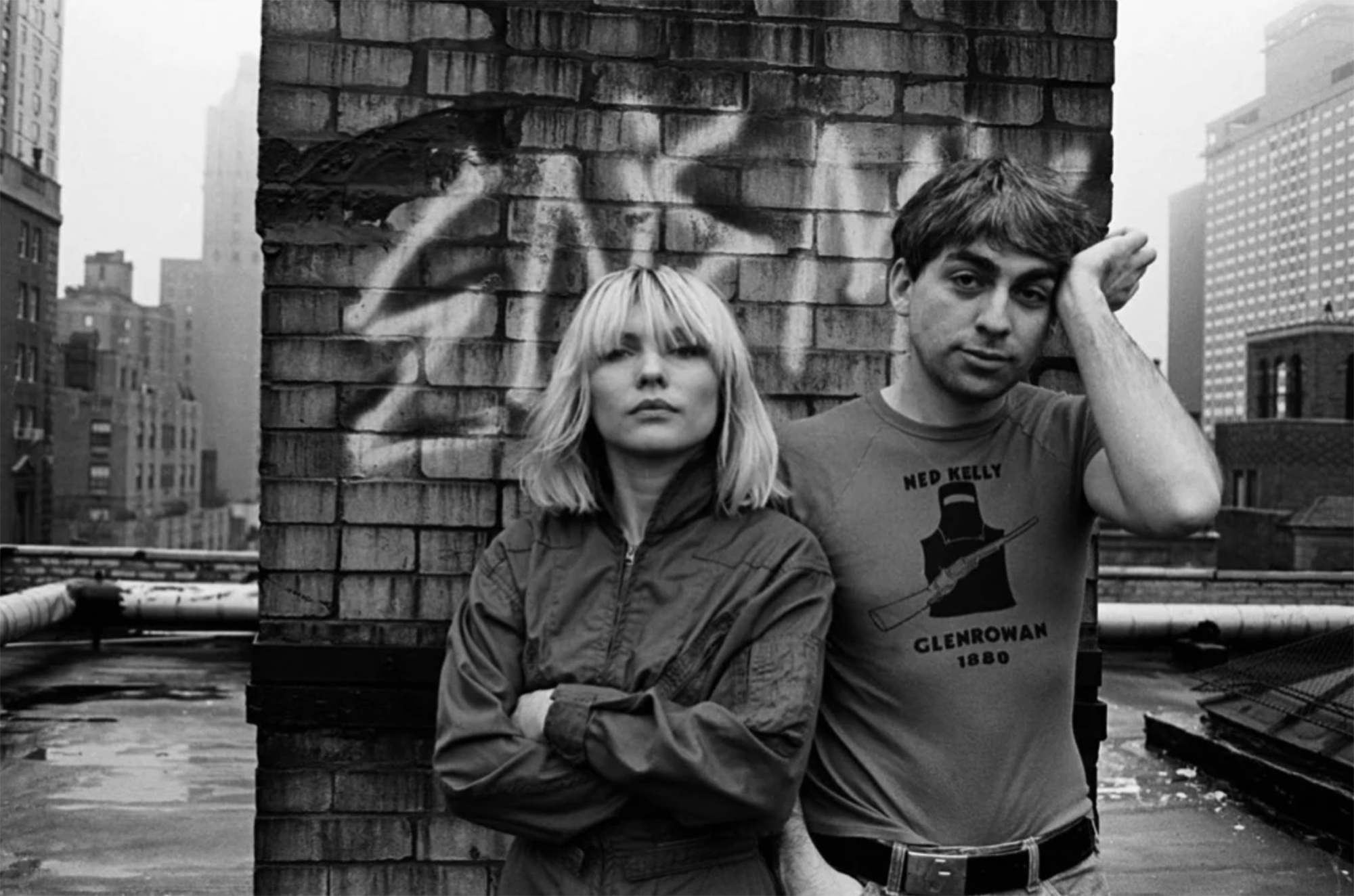
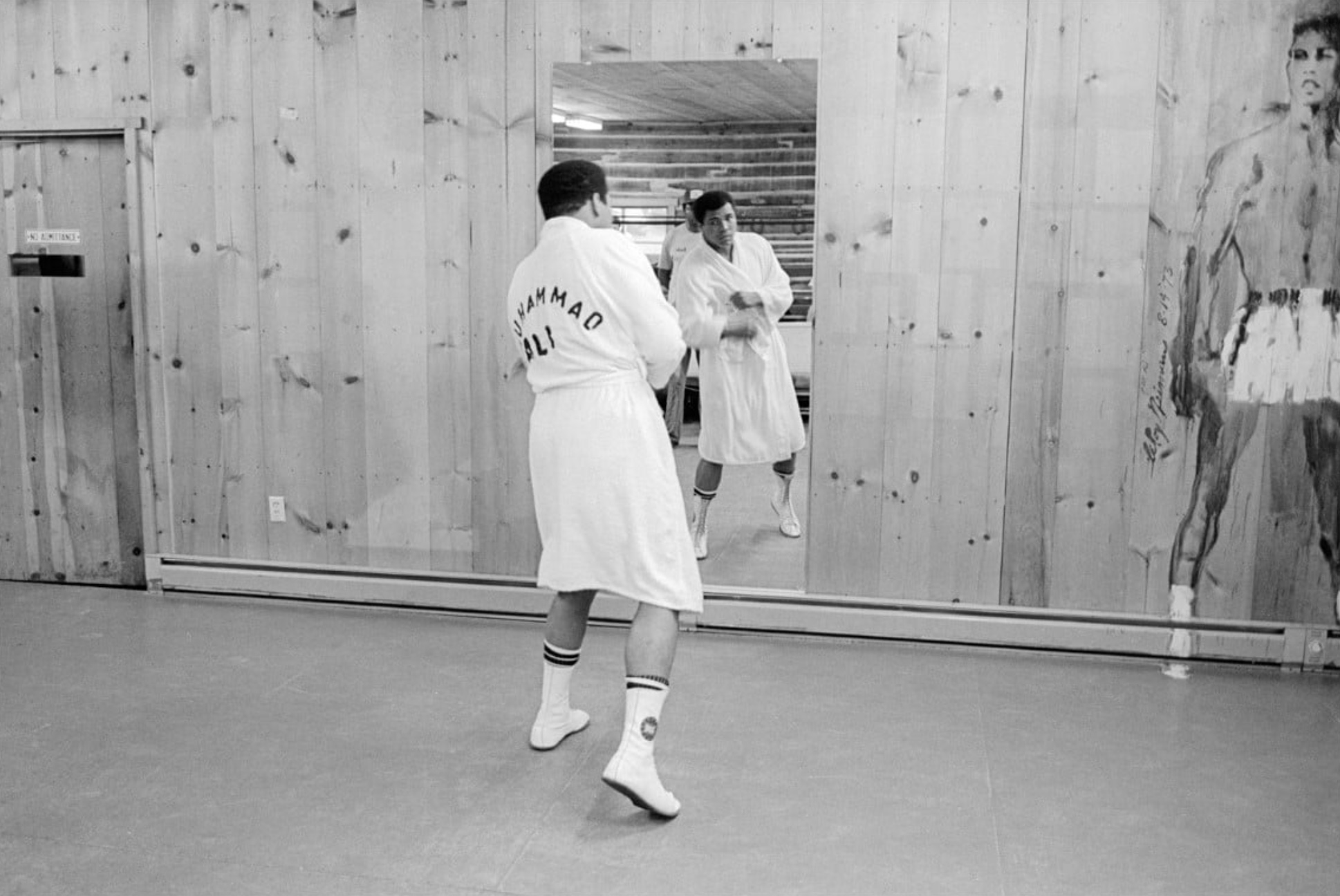

A remarkable body of work produced by photographer Allan Tannenbaum while he was photo editor of the SoHo Weekly News in Manhattan.
“Tannenbaum's photographs of the 1970s are as wildly entertaining and energetic as that wonderful decade itself. They form an important visual history of a moment when American culture changed forever.” – David Schonauer, Editor-in Chief, American Photo
New York in the ’70s is the artist’s personal collection of photographs that document an exciting chapter in New York City’s history. A remarkable body of work produced by photographer Allan Tannenbaum while he was photo editor of the SoHo Weekly News in Manhattan. SoHo and the art world were his primary subjects, yet the images also provide a broad chronicle of the city’s politics and society. Entertainment – especially the music scene – and night life became a large part of the editorial mix. The collision of continuing 1960s counterculture with the remnants of Nixon, Watergate, and Vietnam, coupled with a stagnant economy, was a catalytic force that resulted in an explosion of creativity. By photographing everything from street gangs to disco divas, from homeless to Hollywood stars, Tannenbaum had assembled a personal diary of his journey as a photojournalist and raconteur through a strange era in New York. His studio portraits, night-time flashes, and street photography paint a unique and often unseen picture of the 1970s in New York City.
Dirty, dangerous, and destitute. This was New York City in the 1970s. The 1960s were not yet over, and war still raged in Viet Nam, fueling resentment against the government. Nixon and the Watergate scandal created even more resentment, cynicism, and skepticism. Economically, stagnation coupled with inflation created a sense of malaise. The Arab Oil Embargo of 1973 delivered another blow to the U.S. economy, and brought the misery of long lines to buy gasoline. Conditions in Harlem and Bed-Stuy were horrendous, with abandoned buildings and widespread poverty. The subways were covered everywhere with ugly graffiti and they were unreliable. It seemed as if the entire infrastructure was in decay. Political corruption, sloppy accounting, and the cost of the war were killing the city. Times Square, the crossroads of the world, was seedy and sleazy. Pimps, hookers, and drug dealers owned the night there. Crime was rampant, and the police were powerless to stop it. Random killings by the “Son of Sam” made New Yorkers even more fearful. The parks were in decay, with and litter and bare lawns, and it was home to muggers and rapists. When the proud City of New York had to beg the Federal Government for a financial bail-out, the President said no. The Daily News headline said it all: “Ford to City – Drop Dead.”
Characteristics
About 100 original photographs / archival pigment-based prints by Allan Tannenbaum printed on the finest satin photo paper • High resolution images, captions, wall texts • Requires approx. 110-125 linear meters (350-400 linear feet), depending on the installation
Work developed in this project
Curatorship provided in digital format • Support and advice on exhibition design and communication • Assistance on exhibition promotion and press
Bob Dylan The Original Drawn Blank Series
The Original Drawn Blank Series
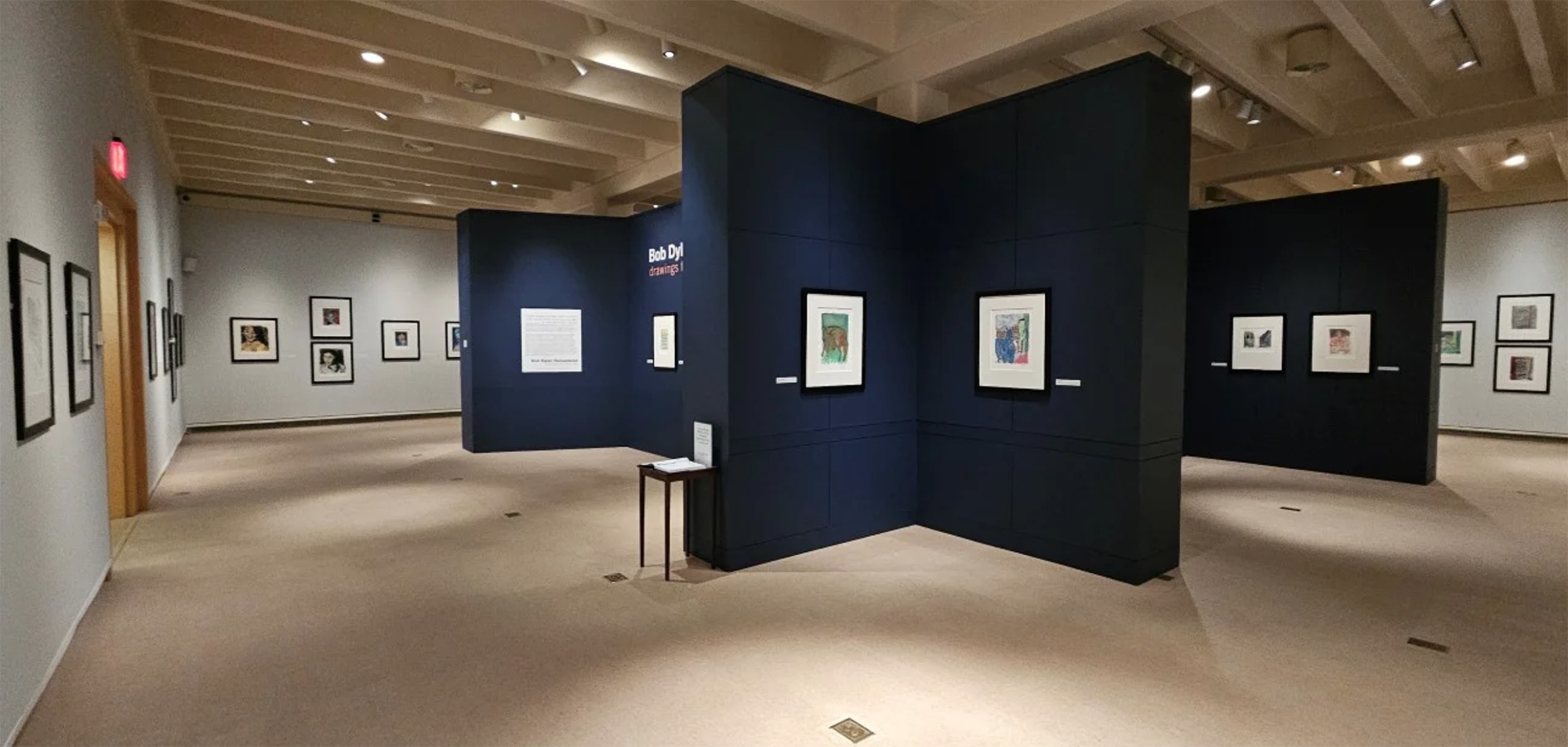

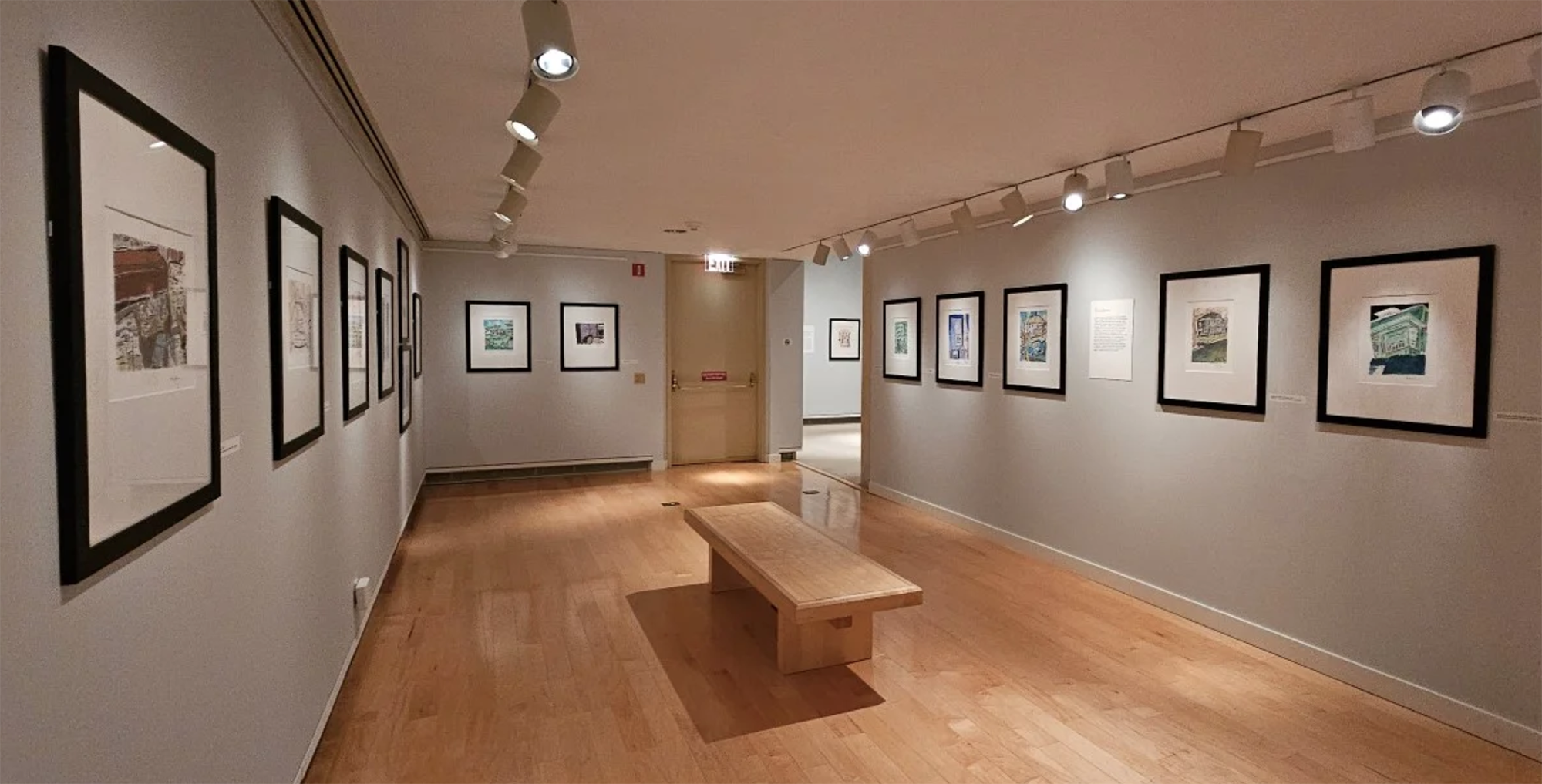

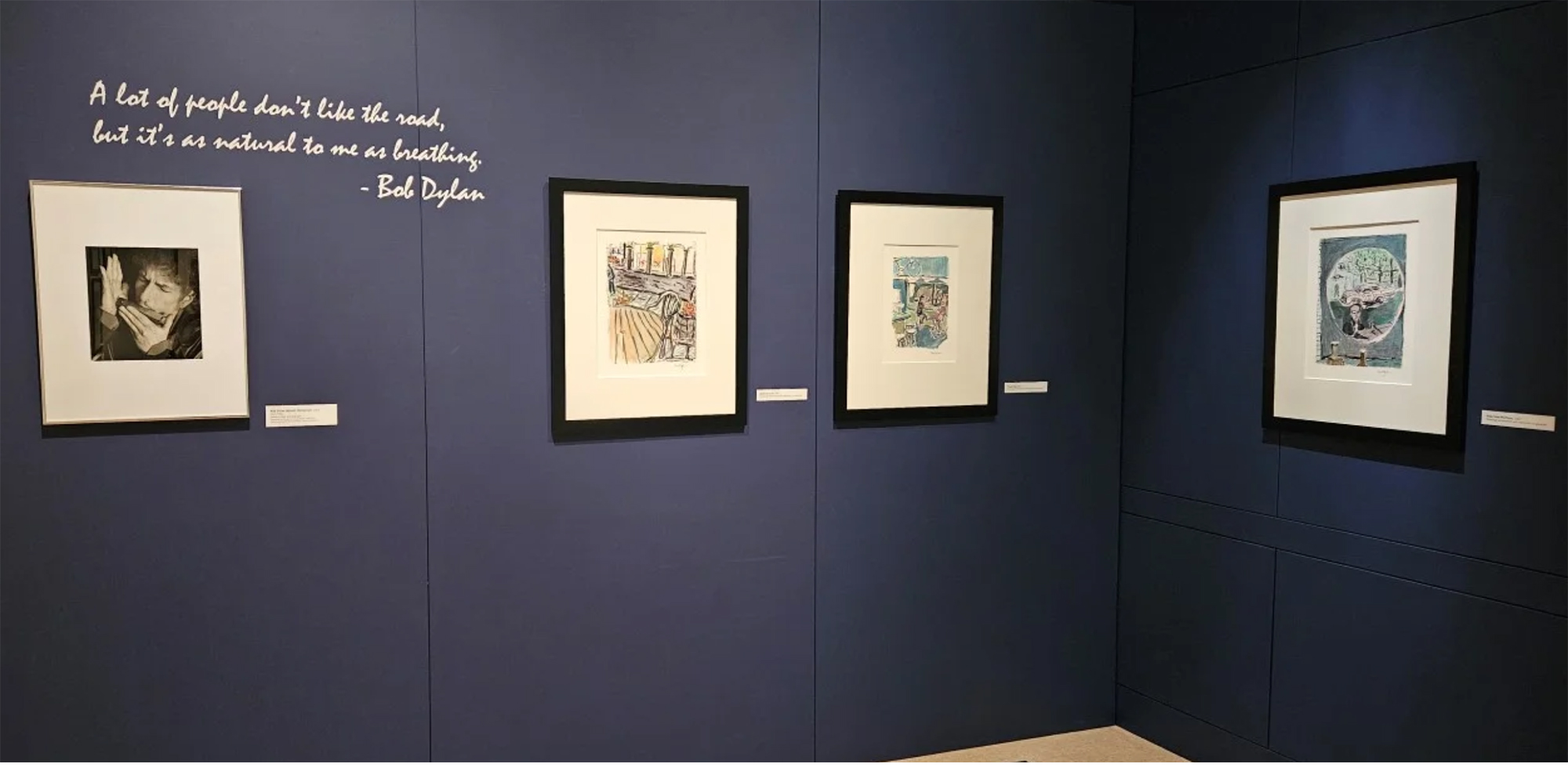
This exhibition celebrates yet another impressive aspect of Dylan’s polymathic creative output: his talents in visual art.
“I paint mostly from real life. It has to start with that. Real people, real street scenes, behind the curtain scenes, live models, paintings, photographs, staged setups, architecture, grids, graphic design. Whatever it takes to make it work.“ – Bob Dylan
A dedicated performer, Dylan started what is known as his “Never Ending Tour” in 1988; between 1989 and 1992, as he traveled through North America, Europe, and Asia, he began sketching glimpses of his life on the road. The resultant pencil and charcoal drawings were a way to “refocus a restless mind,” as Dylan claimed, providing him a new outlet to celebrate the comings and goings of everyday life. Dylan made three different collections out of the original drawings by ‘remastering’ these works, adding vivid watercolor and gouache to digital enlargements of the drawings to create a new, special edition set entitled The Drawn Blank Series. All three series were first seen in public at the 2007 exhibition at the prestigious Kunstsammlungen Chemnitz Museum in Germany. After this exhibition, the works now seen in Helsinki were left to Dylan himself. Today, this collection of 92 unique original signed works is owned by a private collector while the other two sets were sold to a private gallery. Drawing comparisons to modern masters such as Henri Matisse and Ernst Ludwig Kirchner, they reveal the full talents of an “alchemist of the word and the sound,” transforming the world before him into gold.
One of the most iconic and prolific musicians of our time, singer-songwriter Bob Dylan has been chronicling modern life, note by note, for nearly sixty years. Equally influential and indomitable, Dylan’s songs helped redefine folk, pop, blues, country and rock music, all while providing a soundtrack to America’s civil rights and anti-war movements. The power and breadth of his artistry, however, has only been fully recognized recently: in 2016 his work creating “new poetic expressions within the great American song tradition” was honored with a Nobel Prize for Literature.
The exhibition is curated by Ms. Katharine J. Wright, Consulting Curator
Characteristics
92 unique original works • Museum quality original paintings; considered to be the only complete set in existence • Captions, wall texts • Requires approx. 100-110 linear meters (325-375 linear feet), depending on the installation
Work developed in this project
Curatorship provided in digital format • Support and advice on exhibition design and communication • Assistance on exhibition promotion and press
Other relevant information
Seen in Helsinki, Finland and Cooperstown NY, USA
Pop Masters
Andy Warhol, Roy Lichtenstein and Keith Haring
Andy Warhol, Roy Lichtenstein and Keith Haring
Andy Warhol




Roy Lichtenstein




Keith Haring









A trio on a global scale, three great figures in the history of Pop Art! The exhibition presents more than 150 original posters designed by Andy Warhol, Roy Lichtenstein, and Keith Haring; the emblematic figures who democratized Art by taking it out of the elitist classes of the time.
Locomotives of the Pop Art movement, Roy, Keith, and Andy illustrate through their distinctive styles the richness of one of the art forms that best showed the way to many transgressive artists. Pop Master also traces the evolution of society in the 60s, 70s, and 80s. Behind the artistic work, Pop Art has the ability to tell fascinating stories.
Andy Warhol
“I just happen to like ordinary things. When I paint them, I don't try to make them extraordinary. I just try to paint them ordinary-ordinary.” – Andy Warhol
Andy Warhol, born in Pittsburgh in 1928, was already a successful illustrator in New York when in 1961 he decided to become a visual artist. Like Roy Lichtenstein or Claes Oldenburg before him, Warhol chose motifs from the media world, which he reproduced in his preferred silkscreen technique in various sizes and colours.
His series of Campbell soup cans, Marilyns or Flowers are well known around the world. In 1962 he turned his studio into the famous Factory, where actors and artists lived and worked with him as “superstars”.
The artist had an ambivalent relationship with posters, because as prints they were dangerously close to his serial silkscreen paintings. He rarely created original poster designs, but rather had the colours changed in the prints that were often requested by clients.
However, Warhol loved publicity, he sought proximity to film and music stars, and here poster prints certainly suited him. More than 150 posters appeared between 1964 and 1987, when Warhol died unexpectedly after an operation.
Roy Lichtenstein
“My work isn't about form. It's about seeing. I'm excited about seeing things, and I'm interested in the way I think other people see things.” – Roy Lichtenstein
Roy Lichtenstein was born in New York in 1923. He attended art school and began painting with moderate success. In 1961 – Lichtenstein was already 38 years old – he came up with the idea of painting banal motifs from comics and advertisements.
The following year, the gallery owner Leo Castelli exhibited these works, which were very provocative at the time – and sold them in no time.
Lichtenstein developed his characteristic method of filling surfaces with regularly placed rows of dots. The dots are modeled on the halftone dots used in offset printing. They give the paintings a machine-like character.
Until 1965, Lichtenstein chose motifs based on comics, then he began to develop new series of works, such as the ‘Modern Paintings’, interpreting the Art Deco style, or the Brush Strokes, a commentary on the abstract painting of some of his colleagues.
As a famous artist, Lichtenstein frequently received requests for poster designs – around 70 were created between 1962 and 1996. Roy Lichtenstein died in New York in 1997.
Keith Haring
“Art should be something that liberates your soul, provokes the imagination and encourages people to go further.” – Keith Haring
Keith Haring, born in 1958 in Kutztown, Pennsylvania, went to New York when he was twenty and studied at the renowned School of Visual Arts. But he was more interested in street art. In 1980 he began the “Subway Drawings,” white chalk drawings on posters covered with black paper.
He was part of the sprayer scene and developed the ‘radiant baby’ tag. In 1982, gallery owner Tony Shafrazi offered him his first solo exhibition, and within two years he was successful around the world.
His style, inspired by comics and street art, was unmistakable. Haring developed an astonishing power with his black lines and used them to address the major issues of the day.
Posters were an important medium for him to spread his messages. In 1990, at the age of only 32, Haring died of AIDS. Between 1982 and 1989 he designed over 100 posters.
Characteristics
150 museum quality original posters that are considered to be the largest and most comprehensive collections in the world • Book and magazine covers, record covers, rare collectibles and 20-30 editions of Interview magazine (published and partially written by Warhol) • High resolution images, captions, wall texts • Requires up to approx. 200-225 linear meters (650-750 linear feet), depending on the installation
Work developed in this project
Curatorship provided in digital format • Support and advice on exhibition design and communication • Assistance on exhibition promotion and press
Other relevant information
Seen in Tampere, Helsinki and Oulu, Finland as well as in Brussels, Belgium
Pt / En
Bright Side is a cultural content production agency that promotes culture and art as a meeting point between artists, organizations, brands, audiences and communities.
Panart / International Partner
contact@wearethebrightside.com
+351 911 951 080
Rua Gonçalo Sampaio, 271, 3ºDto.
4150-367 Porto, Portugal
LinkedIn • Instagram

